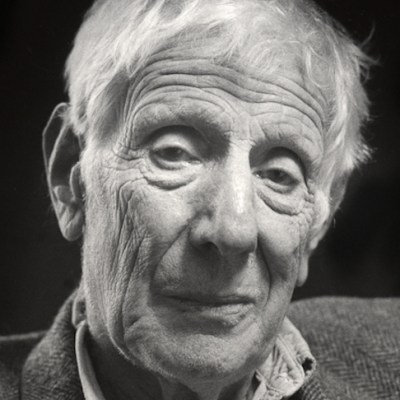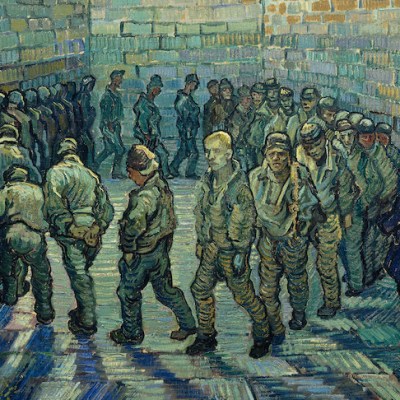Kirk Douglas, who died last week at the age of 103, is assured of his place in cinema history; but he also earned at least a footnote in art history, as the star of the film Lust for Life (1956), directed by Vincente Minnelli. His Oscar-nominated performance as Vincent Van Gogh (the Academy Award went, absurdly, to Yul Brynner for The King and I) helped to cement in the public mind the image of the tormented artist, a martyr to his desperate, never-fulfilled need to achieve on canvas a true picture of the world.
Sixty years on, the film has undoubtedly dated. Since then, we’ve had better informed, less melodramatic portrayals of Van Gogh, by Tim Roth in Robert Altman’s Vincent & Theo (1990) and Jacques Dutronc in Maurice Pialat’s Van Gogh (1991). The moment when he tries to force a kiss from his unwilling cousin Kee is in hindsight deeply uncomfortable, given the allegations about Douglas’s behaviour towards women. Scholarship concerning Van Gogh’s life has moved on, too.
By the standards of the time, though, Minnelli’s film – based on a bestselling novel of 1934 by Irving Stone – was meticulous, with the burden of the narration carried by Vincent’s letters to his brother Theo (a gentle performance by the British actor James Donald, who reads the letters in voiceover). Minnelli and his producer John Houseman insisted on shooting in the European locations where Van Gogh lived, interpolating photographs of the paintings so that the audience could compare the real landscapes. It succeeds marvellously at reproducing Van Gogh’s world of colour; perhaps too well – you could go away with the idea that Van Gogh was a pure visual realist.
As for Douglas: at first glance, he seems an odd choice for the part: beefy where the artist was frail; virile and macho; and at this point in his career notable for villainous roles, such as the cynical reporter whose desire for a good story kills the story’s subject in Ace in the Hole (1951) and the loathsome, manipulative studio boss in The Bad and the Beautiful (1952, also directed by Minnelli). But with red hair and beard – concealing that chin dimple – the physical likeness was striking. And having been born Issur Danielovitch, the son of a Russian-Jewish rag-and-bone man in Amsterdam, New York, Douglas knew how it felt to be an outsider. He rarely played winners: struggle, desperation, kinds of martyrdom were at the heart of all his best roles: the hack and the mogul, but also the alcoholic jazzman in Young Man with a Horn (1950), the courageous officer forced to accept the execution of innocent men in Paths of Glory (1957), drunken, tubercular Doc Holliday in Gunfight at the O.K. Corral (1957) – and of course, Spartacus (1960).
His Van Gogh is consumed by self-doubt and conflict. Especially playing against Anthony Quinn’s swaggering, piratical Gauguin, he shows weakness and vulnerability; and the moments leading up to his self-mutilation, in which he struggles with his pain and loneliness in front of a mirror, may be the best piece of pure, to-camera acting Douglas did. Answering Gauguin’s boast that he enjoys violence, Vincent says it makes him sick: ‘I have too much inside me, I’m afraid of it.’ The paintings show you what you need to know about the genius; Douglas shows the violence and the fear beneath the surface.



